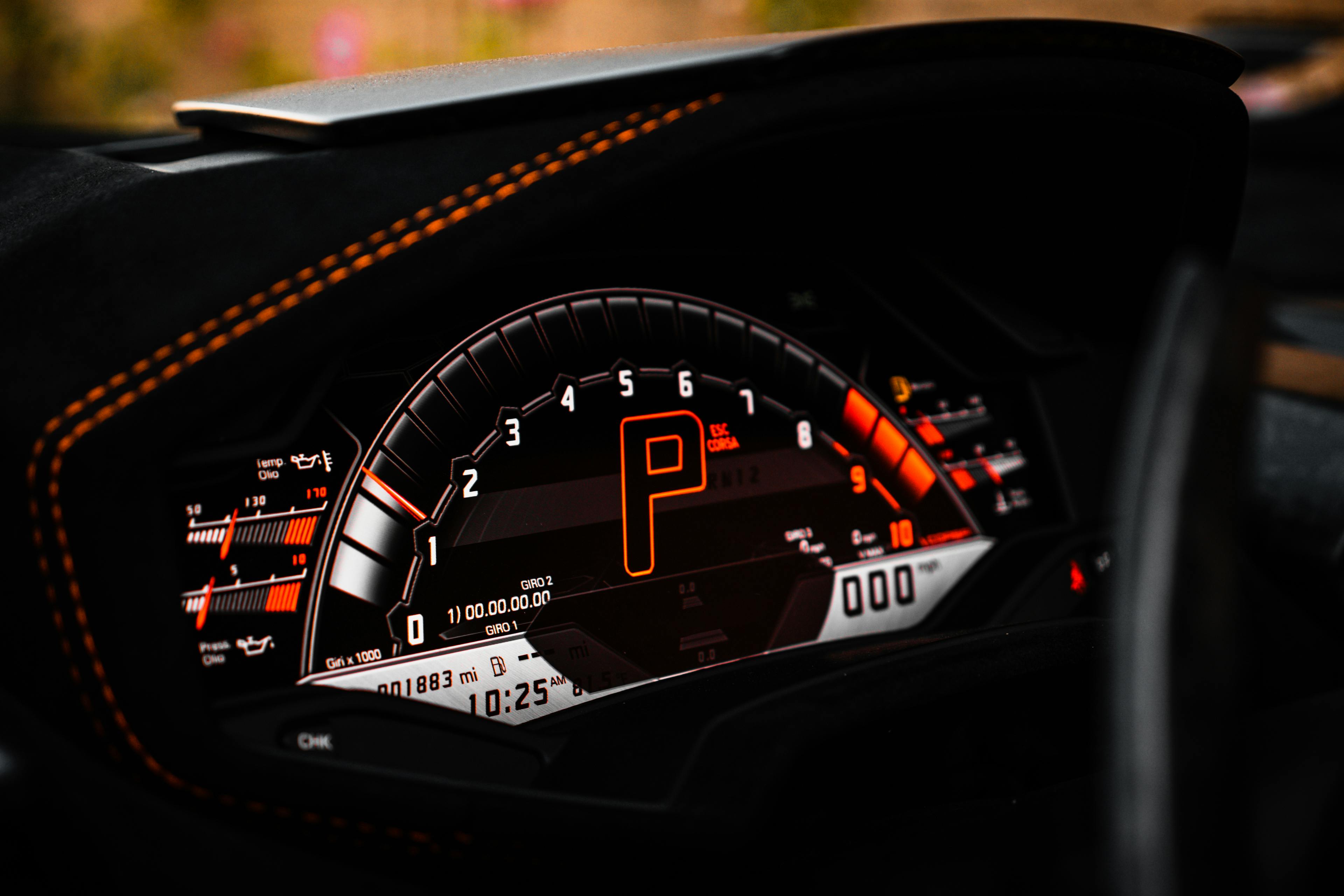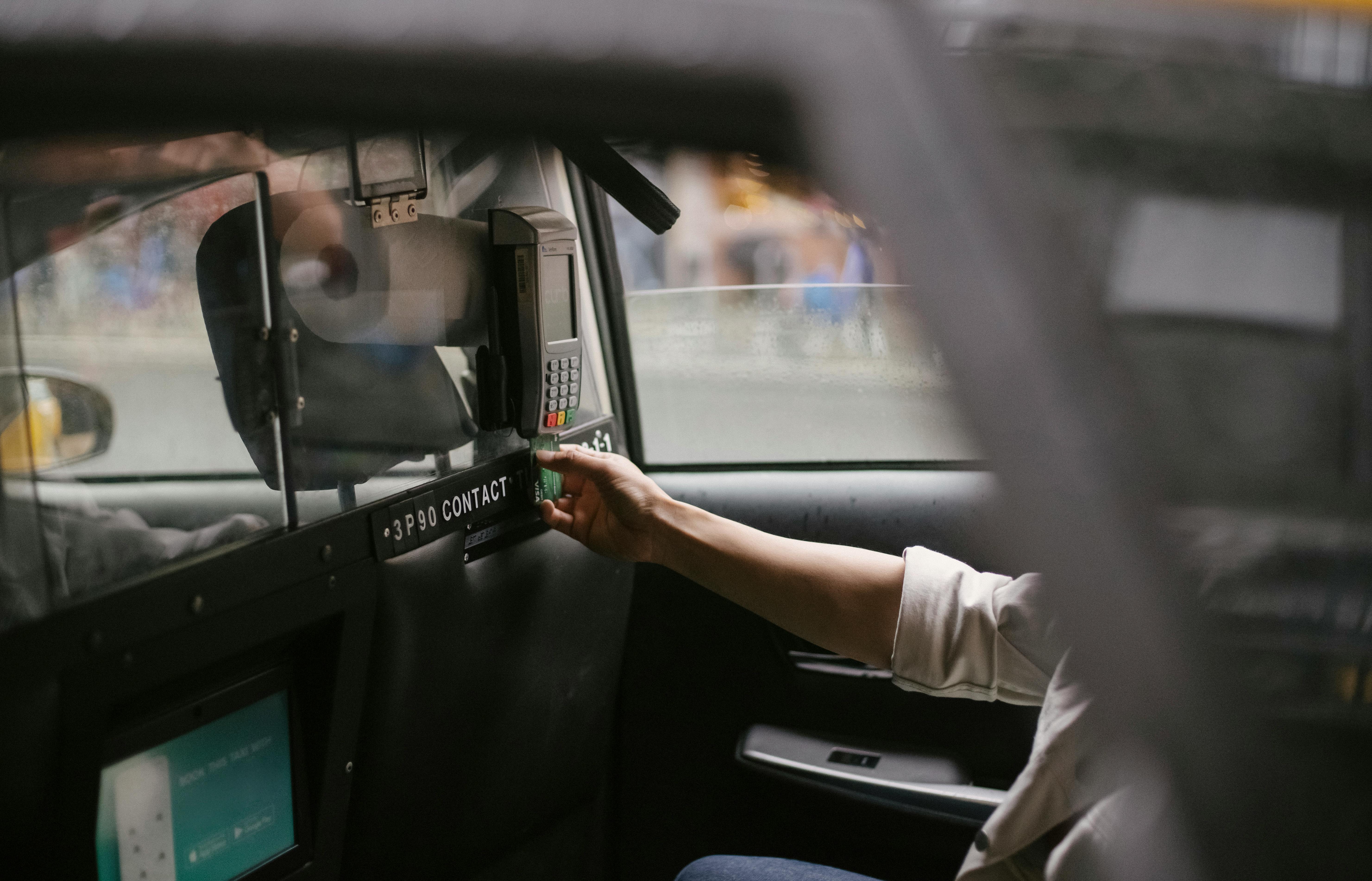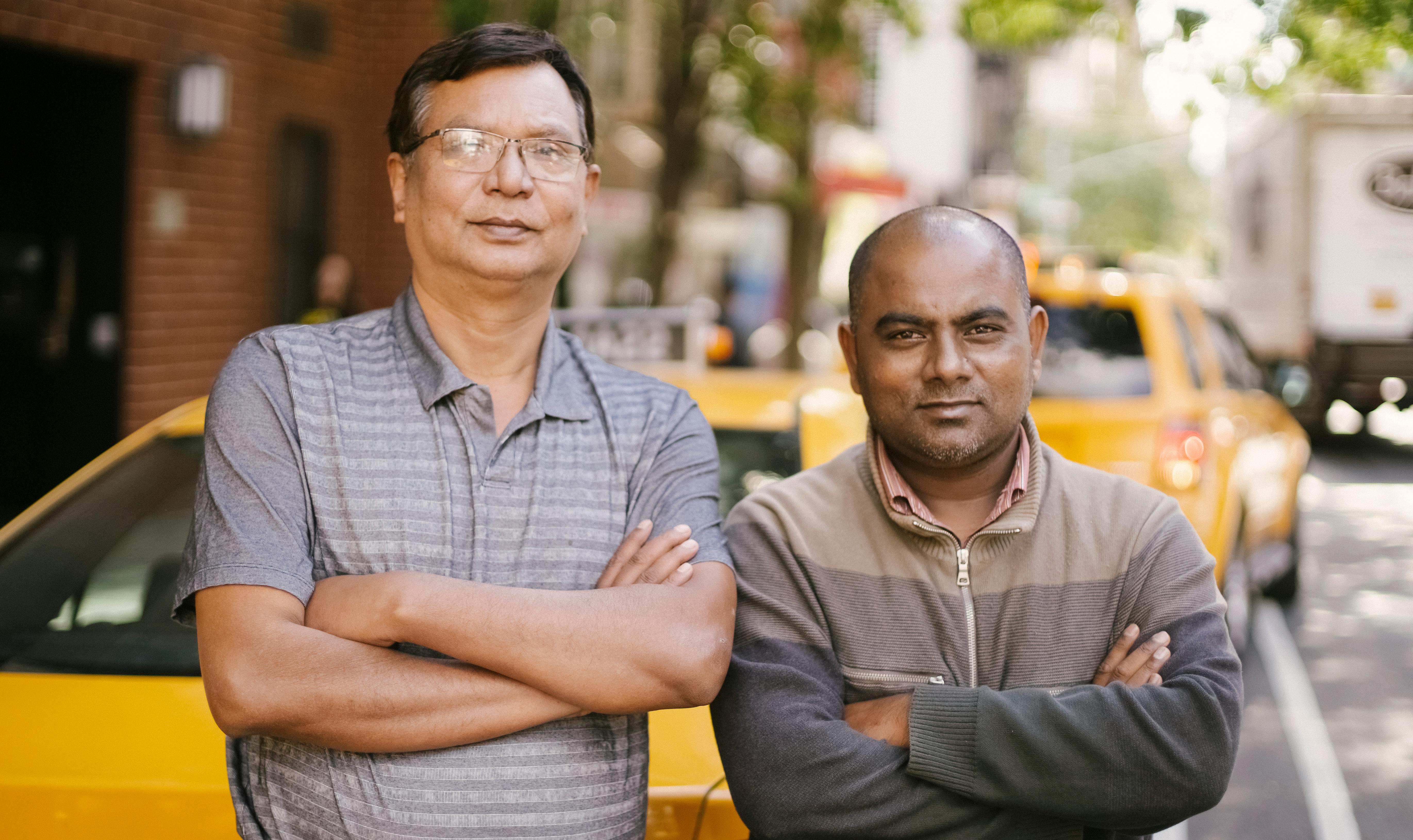Tire technology has advanced very rapidly in recent years, as have braking systems. Drum brakes are a thing of the past and monobloc calipers have taken braking to a whole new level. So the tires have had to do the same, there is no use having the best possible brakes if that force cannot be transmitted to the asphalt. With dual compound tires for grip and mileage and heat transfer bars, there is a tire for all occasions.
It’s a misconception that the brakes are on or off, you have a braking point and that’s where you apply the brakes, the brakes release when you get to the beginning of the corner. If only it were that simple, it’s important to understand the forces involved in braking. Under hard braking, the weight of the rider and the weight of the bike are transferred to the front tire. On the open road and in normal conditions, approximately 75% of the weight is transferred to the front tire, but in race conditions it can be 90% or more.
Due to the transfer of weight to the front wheel, the rear brake is inefficient at stopping the bike and is rarely used properly. Most riders no longer use the rear brake for hard braking. Using the rear brake is a skill in itself and most of the time it is used incorrectly and causes the rear wheel to skid or jump. Under very hard braking the rear wheel will come off the track and begin to weave, this can be controlled by the rear brake. Pressing the rear brake lever with your right foot will control the rear wheel and stabilize the bike in the corner. It takes practice to get the right, supreme confidence.
The purpose of the braking system is to slow down and stop the motorcycle. As I said before, the brakes are not an on/off switch and should be used as you would the throttle. Coming out of a corner, the throttle is used to smoothly adjust your exit speed until you can increase it to full throttle. Brakes are used in the same way, many people call it track braking.
When you reach your braking point, the brakes are applied as hard as necessary to slow you down, then adjust as you enter the corner. You are trying to maintain as much speed as possible in the corner, so don’t brake too hard in the corner. It is just as important to have a release point as it is to have a braking point. In other words, where you release the brakes, the braking point and release point will change as you start braking later in the corner.
Combined with braking is the ability to judge speed, this is very important if you want to increase your track speed through corners. The key to judging and maintaining speed is the ability to be smooth. Using the brakes as an on/off switch will make the bike act differently each time and will make it unstable.
The average rider will use 50, 70, 90, 100, 90, 70, 30% braking in a corner, a better late braking rider will use 100, 90, 40, 20% in the corner, the advantage of this is less time on the brakes and a faster entry speed. It’s easier to judge speed this way since the bike responds the same way every time.
To improve your lap times you need to be smooth, have the ability to judge speed and be confident in your tires as well as your own abilities.
There is only one way to get full confidence in your source brake. Know when the front wheel will lock up and slide. The best way to find out is to travel about 10 mph and lock the front wheel. It sounds very drastic but it is very necessary to find that travel point on the front brake lever. The front wheel will want to get under it, just release the front brake and the bike will fix itself very quickly. At high speed the bike doesn’t want to bottom out so the sooner the brakes are released the better. Once you’ve mastered the feeling at 10 mph, increase speed to 30 mph and so on. The bike will react the same at 90 mph as it does at 10 mph. Knowing how you feel and knowing what to do will not only save the bike, it will boost your confidence.
Another way to improve cornering speed is to brake and accelerate at the same time. If you’re already using two fingers to brake, you’ll have a much easier time mastering it. This method of braking is excellent for allowing the rider to slow down, apply the throttle and brake hard at the same time. This type of throttle control braking requires smooth clutch operation or it will throw the bike off balance when entering a corner. Again, to master this technique, it must be practiced until the rider is confident enough to operate smoothly with the throttle and clutch combined with the front brake.



